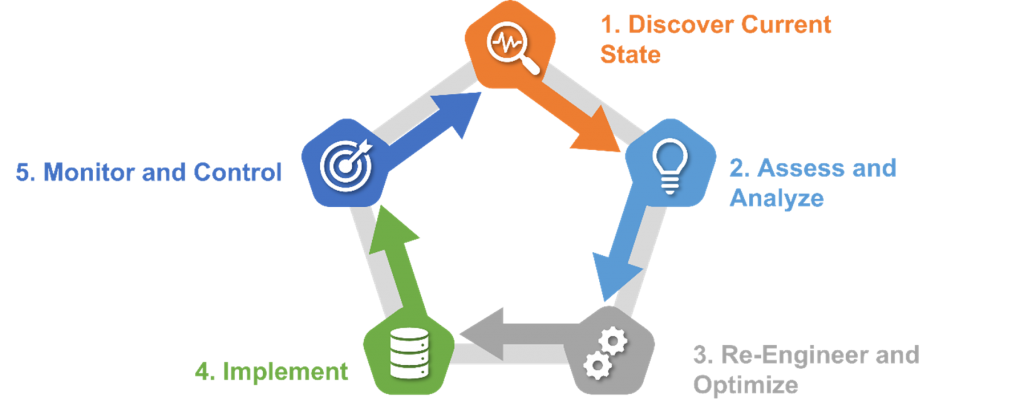Businesses lose anywhere up to 30% in revenue owing to inefficient processes in place. By the time brands realise the loss, it is often too late.
Let’s look at the statistics:
In their latest study on Customer Service Priorities in 2023, Gartner revealed that as many as 63% of service and support leaders have identified operational excellence as a top priority for them. About 59% of them believe that tackling inefficiencies is key as is bolstering self service and value enhancement to resist economic headwinds. Needless to say, working towards enhanced customer experience is instrumental. How do you do that when customer needs are diverse and competing businesses are equally invested in improving their processes? In a fast-changing world, digital is the way.
Digital transformation leaders swear by the need to adopt continual process improvement thereby minimising errors, reducing waste, improving productivity, and streamlining efficiency. Some of the world’s favourite brands have vowed to make process improvement part of everyday conversation.

What is process improvement and what’s in it for your business?
Process improvement involves the practice of identifying, analyzing, and improving existing business processes to optimize performance and accelerate innovation. Process improvement directly impacts your business growth by streamlining the processes across the enterprise to meet the ever-changing customer expectations. A well-defined process improvement approach can bring agility to adapt to future scalability and customer needs.
Sample this.
Samantha Rozario wants to open an account with ABC Bank. She approaches the local branch and places her request for the same. Little did she know, it wasn’t as easy as she thought. A couple of hours went by in completing manual documentation followed by KYC requirements. Rozario has heard a lot about e-banking, online account opening and more. Unfortunately, when it comes to ABC Bank, the processes were not customer friendly. It wouldn’t be a surprise if Rozario contemplates switching her bank.
You too may have felt the pinch at one point or the other. Think about insurance offices or government offices that were once upon a time infamous for delayed turnaround times. Process Improvement helps organizations move to better ways of capturing, sharing and reviewing their business processes.
Continuous process improvement methodology
Continuous process improvement, as the name suggests, is the approach of making incremental changes to the process model to improve efficiency and quality of outcomes.
To understand the continuous process improvement methodology, the idea is to analyze current processes and identify the gaps/areas of improvement. The identified gap is then fixed via improvement in the existing process by implementing the change. Once the solution is standardized, you analyze the existing process to identify further gaps and set future targets.
What to keep in mind when you plan Process Improvement
Assess the current state
Discovering and mapping the current state of the process can help you identify the step-causing bottlenecks. Enterprises can start with visualizing the workflow by creating a flowchart or can automatically discover processes by using process discovery and mining tools.
Analyze for errors and delays
After outlining the process, it’s time to analyze each step in detail. What are the bottlenecks? Which step is causing a delay? Identify the steps with frequent issues. Process mining tools allow enterprises to monitor and analyze process and activity level KPIs and enable them to identify activities causing bottlenecks with visual heatmaps and reports.

Figure 1 Continuous Process Improvement
Leverage simulation tools
After analyzing potential bottlenecks, optimize the process using simulation tools that can help you run processes for real-world business scenarios and compare the multiple scenarios to identify the best process for deployment. This also enables organizations to identify repetitive and mundane steps and where RPA bots could be deployed for improved business outcomes.
Communicate and implement
In order to put the new optimized process in place, communicate the improved process plan to all teams and roles responsible for executing it and impart the required skill set to make them understand the newly defined process and their roles.
Watch out for errors
Continuous monitoring of your processes will help ensure they stay efficient. Organizations can leverage tools that provide system-based recommendations on incoming workloads to control the process outcome and never miss future targets.
Open to adopting Process Improvement? You may want to read about Process Modeling.
You might be interested in




